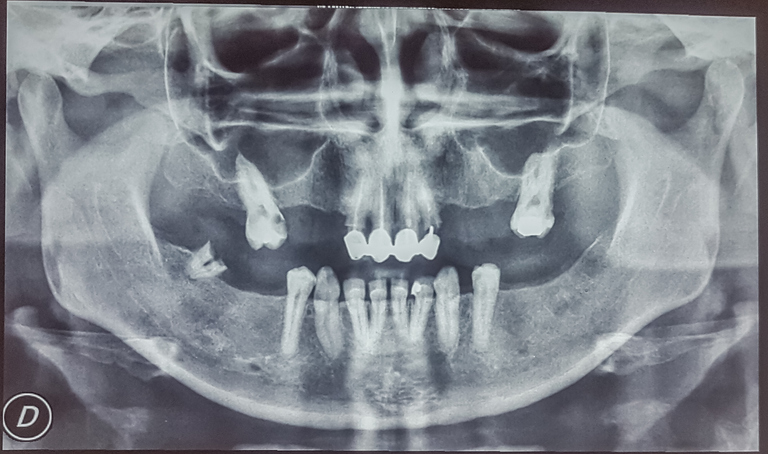
Effective strategies in managing Type 3 oligodontia

Researchers have examined the short- and intermediate-term outcomes following the treatment of patients with Type 3 oligodontia.
In a retrospective case series, published in The Journal of Prosthetic Dentistry, the researchers analyzed the outcomes of 10 patients who received implant-supported fixed dental prostheses after lateral growth of the anterior mandible had stabilized at the age of 12 years and definitive mandibular prostheses after growth cessation and maxillary treatment. In the maxilla, bone grafted and graftless implant-supported fixed dental prostheses were provided as alternative treatments to complete dentures. The researchers sought to determine a sequential interdisciplinary treatment planning protocol from the diagnosis of Type 3 oligodontia in infancy to jaw development completion.
In the mandible, nine of the patients received implant-supported fixed dental prostheses and one of the patients chose to receive interim complete denture. Among the 38 implants, two of them failed and were replaced. In the maxilla, the researchers reported that six and four of the patients received implant-supported fixed dental prostheses and complete dentures, respectively. There were no maxillary implant failures noted among the patients.
The researchers emphasized that implant-supported fixed dental prostheses may help improve functional and esthetic outcomes compared with complete dentures alone.
Read more: The Journal of Prosthetic Dentistry
The article presented here is intended to inform you about the broader media perspective on dentistry, regardless of its alignment with the ADA's stance. It is important to note that publication of an article does not imply the ADA's endorsement, agreement, or promotion of its content.